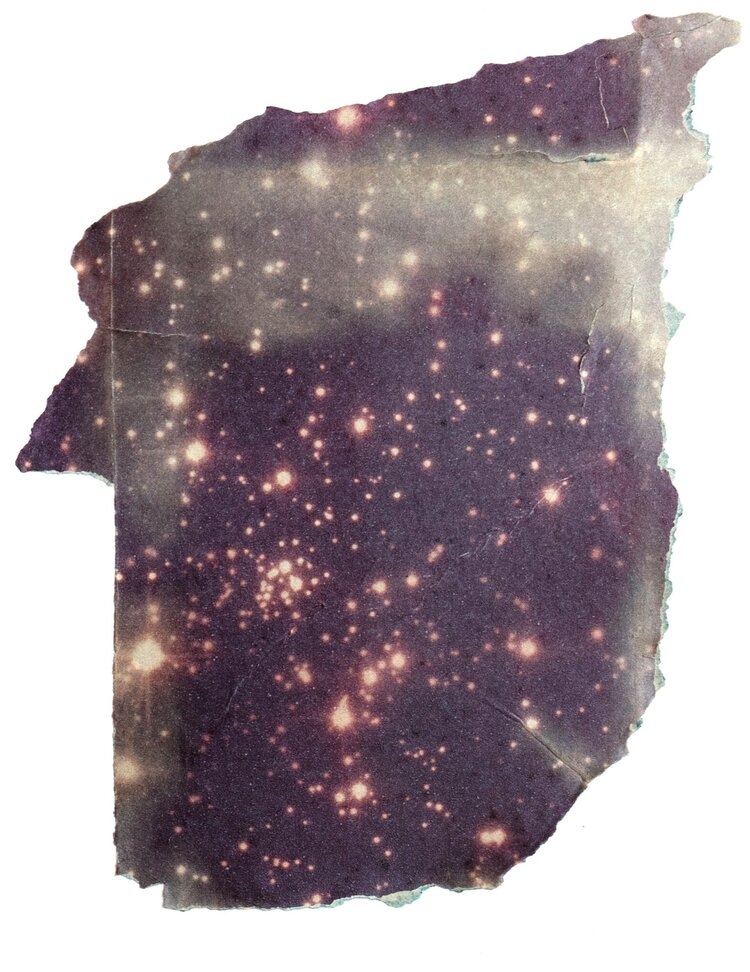Over the course of four and a half billion years, Earth has evolved into the planet we know today. If one had been able to map the changing surface of the planet and seen these gradual geological changes—the incremental shift of continents, protrusion of mountain ranges, and the changing level of the ocean, for instance—one thing will have remained more or less unchanged: the constant fluctuation between intervals of light and darkness, day and night.
Then, in the first part of the nineteenth century, peculiar things started happening in the nocturnal hemisphere. Metropolitan cities like Paris and London introduce the very first public gas lanterns, tremendously more effective in combating darkness than previous attempts to do so, marking the beginning of an Age of Luminosity where night itself was relentlessly pushed back. Since then, humankind has developed and perfected ever better—i.e. brighter—techniques of illumination that in turn spread like wildfire, embers flying from town to town and city to city as more and more population centers came ablaze with over-illumination, greatly disrupting nocturnal ecosystems and night skies in the process.
The exhibition Luminous Reign by the artist Johan Österholm consists of a series of recent photographic and sculptural works dealing with the topic of light pollution. Lending their title to the exhibition, two decapitated street lanterns are turned into light sculptures bearing impressions of night skies of centuries past, while similar street lights, now erect, can be seen in the altered photographic typology After Marville (Whiteouts).
For the series Antique Skies, Österholm’s process begins with the unsheathing of an X-Acto knife. To the horror of librarians everywhere, he carefully slits out blank or nearly blank sheets of yellowing paper (endpapers, for example) from nineteenth-century astronomy tomes, which he unearths in antiquarian bookshops across Europe and later carefully dissects in his Stockholm studio.
What might initially seem like an act of vandalism is not without its conservational claim. For more than a century, these wordless, imageless pieces of paper have been, if not wasted per se, then certainly not used between the covers of their respective titles. Via a process that incorporates the spangled contents of celestial glass-plate negatives, a spray gun loaded with liquid silver gelatin, and a repurposed street lamp, Österholm has a grand use for them: to serve as canvases for the re-emergence of stars long shrouded by terrestrial light pollution.
After obtaining contact copies of archived glass-plate negatives, Österholm proceeds to sensitise the book pages he excised with his knife, applying layer upon layer of silver gelatin with a spray gun. The now photosensitive pieces of paper and the archival contact negatives are pressed together between panels of glass, where they await exposure. A retrofitted street light is employed for this purpose, and so, paradoxically, it is by the glow of a metropolitan street lamp—that most egregious blotter-outer of the stars—that Österholm’s swirls of fossilised starlight materialise.
Johan Österholm (b. 1983) received his MFA from Malmö Art Academy in 2016. Recent and upcoming exhibitions include: Lighthouse, Landskrona Konsthall Sculpture Park (2021), The Stars Below, Galleri Box, Gothenburg (2021), Space Works, Tampere Art Museum (2020), Ethereal Dwellings, Alta Art Space, Malmö (2020), Moonlight, Hasselblad Center, Gothenburg (2019), Back to the Future, Foam, Amsterdam, C/O Berlin & Mai Manó Ház, Budapest (2018–2019), Screens and Mirrors, Borås Museum of Modern Art (2016), and La Camera: On the Materiality of Photography, Palazzo De’ Toschi, Bologna (2016). He has been awarded several residencies, among them Iaspis, Stockholm (2020) and Künstlerhaus Bethanien, Berlin (2018).




